Market research: how to ask the right questions that will give you true market insights
Market research is where the rubber hits the road: does your product have potential? Would people actually buy it?
However, there’s a way to ask market research questions so that you get truly useful insights, instead of vague or downright misleading answers. Avoid the pitfalls that threaten too many business ideas by making sure you conduct market research in a truly effective way.
Then reap the benefits when you find the perfect product-market fit!
This is an excerpt from chapter 9 of The Savvy Guide to Making More Money , published by Penguin. Buy the book here.
Enough about the theory, here’s market research in practice
There are loving people in our lives who will always try to save our feelings. They mean well, and we turn to them first at times when we’re feeling delicate. They give us faith in ourselves when our own reserves are running low. If you ask one of these people if they would give you a raise or buy a product you’re considering selling, they would probably tell you that they would, of course. Sure, isn’t it the proverbial best thing since sliced bread?
I have had this happen to me on several occasions and I’ve learned to recognize that look from a loved one that says, ‘I don’t have a clue what she’s talking about, but I haven’t the heart to tell her’, while they’re telling me that they would definitely hand over whatever price I was thinking of charging.
While this is reassuring to hear, remember that your boss, or the person you’re sitting next to in a meeting, or the person who casually comes across your product on a shelf in a shop or online, won’t have the same positive reaction just because it’s you.
Your market research must extend beyond your immediate circle. You need to show your product or describe your service to your target market, and see what potential customers tell you. Depending on their reaction, you can now actively market your offering. Or you go back to the drawing board.
I recently told a business mentor about an idea that I was mulling over. She said, ‘The best thing you could do is to send me a one-page business plan. Let me introduce you to two senior people in the industry and get them to tell you what they don’t like.’ In that short sentence, she outlined an ideal framework for doing market research:
- Articulate your offering in a short, concise way – if the person giving you feedback can’t understand quickly what you’re talking about, you’ve approached them too early, as you’re not prepared enough and your offering isn’t sufficiently clear.
- Find people who don’t have any vested interest in your confidence – in this scenario, it literally pays to be cruel to be kind. Of course, your pride may take a bit of a battering, but when did you last have a human connection with the person who manufactured the washing powder, stapler or online gift card that you bought? If you weren’t satisfied, did you stop to consider the feelings of the manufacturer before you criticized their product? No, because the product has to stand on its own.
- Elicit the views of people who have experience. Let’s say that I’ve come up with a revolutionary type of nappy; as a board member of a charitable organization I bring it to the next meeting and ask everybody around the table to give me feedback. They nervously glance at one another before one bravely tells me that none of them have children. Wouldn’t that be a useful focus group? Alternatively, I could go to a local parent-and-toddler group and ask them for their opinion, as people who potentially buy, use and dispose of nappies on a daily basis. I can watch for their reactions, listen to their comments and note their suggestions, as that group of people is totally representative of the kind of customer who scans a shop shelf for a quick solution to a crying child with wet padding.
- Listen out for and focus on the negatives – a tip that is so totally against my outlook that it troubles me even to write that sentence. But if there was ever a time for constructive criticism, it is now. You absolutely need to hear what is wrong. Why don’t they like it? Why wouldn’t they buy it? What would they change? Why would they choose the competition?
The business mentor could see my face falling when she said, ‘Let them tell you what they don’t like’, and she smiled. She told me that one of the reasons for failure early on in any entrepreneurial journey is that the founder is too busy admiring their product, while the market sees it as below par.
Ask, ask and ask again. You know that you have got to the end of the process when the ‘negatives’ that people point out are there by design. For example, one could say to someone who specializes in life coaching for female entrepreneurs that her offering doesn’t sound like it would help her customers deal with bereavement. This is not something that she needs to change; it’s simply recognition of the fact that she doesn’t choose to specialize in that area.
How to ask the questions that will give you helpful answers
It’s very easy to phrase a question to get the answer that you want. For example, you can ask questions like ‘It’s a great idea, isn’t it?’ or ‘Imagine life if you could eliminate x or enjoy y.’ This is sales language. Instead, what you need for effective market research are neutral questions that elicit honest answers. Listen carefully to the answers that you get to these four questions:
1. Does this product solve [insert problem] or give [insert pleasure element]?
Translation: do you see the benefit that I think you should? Is this product or service something that you might actually go in search of? Can you identify this product as the antidote to your problem or is it synonymous with the pleasure that you’re seeking?
Do not say, ‘So what do you think?’, ‘It’s great, isn’t it?’, ‘You probably think it’s awful, but I’m still working on it.’ The first of those statements is too broad: ‘So what do you think’ doesn’t help people to frame a useful answer. You need to find out (for better or for worse) if what you intend to bring to the market actually does what you intend it to do. The latter two questions put words into the user’s mouth – let them come up with their own.
2. How much would you pay?
Translation: how much do you value the benefit derived from this product or service? If somebody recommended this product or service to you, at what stage would you recoil from buying it?
Do not say, ‘I was thinking of charging €100 – what do you think?’ Don’t anchor their expectations by giving them a number either to agree or disagree with. They might think, ‘Well, I would have paid €150 for it, but, yes, €100 is even better’ – which would result in your underselling the offer by €50. This would be a serious loss in potential revenue, just for asking a question sub-optimally.
Their answer will most likely be different if it’s their task to think about a number first. Also, if you suggest a number to them, you will bias their expectations. The person might have thought it was worth only €50 and been too embarrassed to tell you that they don’t quite see how the extra €50 could be justified. They might say, ‘Yes, I was thinking about the same myself ’, but, upon seeing the price in a shop, would actually drop it quickly and move away.
3. What would you change?
Translation: have I actually understood what the market needs or wants? Can you suggest ways that I could add value? What are your barriers to buying this product (and how can I overcome them)?
Do not say, ‘Would you change anything?’ It’s easy to give an inert answer of ‘No, I wouldn’t.’ Create an environment in which they feel free to criticize. Invite the person to really think about what would make them buy. If you ask them ‘What would you change’, they’ll be more likely to point out a negative.
4. Would you prefer to use a competitor’s product and, if so, why?
Translation: how do I compare against the competition? What do they have that I don’t? What don’t they have that I do? If my product is set beside that of my competition, what would draw you to either of us? What elements differentiate the two?
Do not say, ‘You wouldn’t be bothered with anything else now, sure you wouldn’t [insert nervous laughter]?’ Again, remember that if somebody picks up your product from a shelf and then that of the competition, they are mentally comparing the two anyway.
From chapter 9 of The Savvy Guide to Making More Money.
Positive Economist







